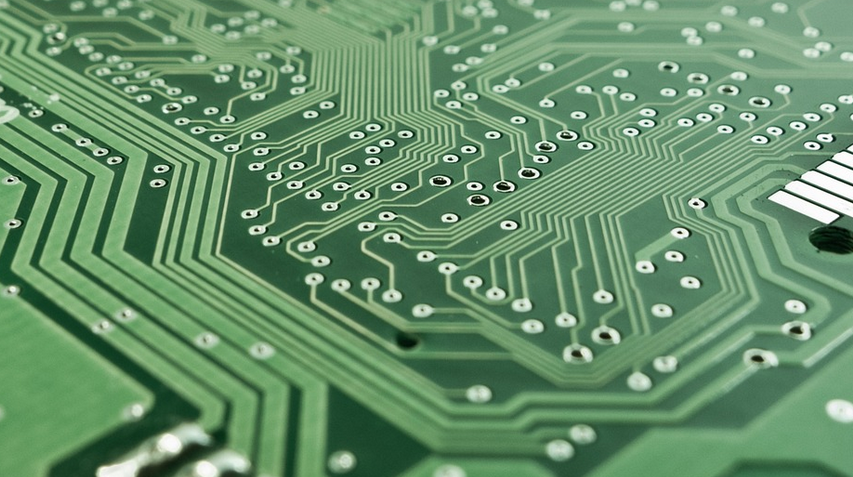What’s the Difference Between a Deep Cycle Battery and a Cranking Battery?
In the world of batteries, you’ll encounter two distinct types – deep cycle batteries and cranking batteries. While both serve as energy sources for your off-grid needs or vehicle use, they have unique characteristics that set them apart. Understanding their differences is crucial for choosing the right battery for your application.
Think of it like this: Deep cycle batteries are built for long-term power and steady discharges, especially when you’re relying on a battery to keep things going over extended periods. Cranking batteries, however, are designed for jump-starting engines and providing short bursts of high current.
Deep Cycle Batteries: Powering Your Off-Grid Lifestyle
Deep cycle batteries are the champions of long-lasting power. These reliable workhorses are built to withstand multiple charges and discharges, making them ideal for solar power systems, RV charging, and even powering off-grid homes. Their robust construction makes them suitable for situations where you’re not limited by a constant connection to an external power source.
They have the ability to accept charge from your solar panel or generator without degrading their longevity. This extended lifespan allows you to rely on them for years, making them a wise investment for off-grid living enthusiasts. They can run appliances like lights and refrigerator, even during extended power outages when other sources are down.
One of the biggest advantages of deep cycle batteries is their ability to handle deep discharges with ease. They can handle cycles where they discharge to 50% or even lower before recharging, a feature that’s not easily replicated in cranking battery technology.
Cranking Batteries: The Engine Starter
Now let’s dive into the world of cranking batteries. These powerhouses are designed for one purpose – to jump-start your vehicle’s engine. They provide a high burst of current, which is essential for starting the engine when it’s dead or low in charge.
Cranking batteries have a specialized design that ensures they deliver a powerful surge of energy for a short duration. This allows them to quickly jump-start your car and get you back on the road. However, their heavy duty nature also means that they are not meant for long-term use or frequent deep discharges.
What truly sets cranking batteries apart is their ability to deliver high starting amps, which is simply what’s needed for a quick start. They offer a reliable solution when your car has lost its spark and you need it back in action.
Deep Cycle vs Cranking: A Battle of Power and Purpose
While both deep cycle and cranking batteries are crucial in various scenarios, their capabilities differ significantly.
**Deep Cycle Batteries:**
- Designed for long-term power supply (e.g., running appliances, powering off-grid homes)
- Highly efficient at deep discharges without degrading lifespan
- Suitable for solar panel and generator integration
**Cranking Batteries:**
- Specialized for jump-starting engines
- Offer a high burst of starting power, ideal for quick engine starts
Understanding their distinct purposes is key to choosing the right type of battery based on your specific needs.
Choosing the Right Battery: Tailoring Your Solution
Selecting the right battery can be a game-changer. Here are some questions that will help you decide:
- **What kind of application do you need it for?** Are you powering your off-grid home or jumpstarting your car?
- **How much power do you need?** Do you require continuous power, like in a solar-powered system, or just occasional bursts for starting the engine?
- **What’s your budget?** Deep cycle batteries are generally more expensive than cranking batteries due to their construction and durability.
Maintaining Your Battery: A Key To Longevity
Proper maintenance plays a crucial role in extending the lifespan of both deep cycle and cranking batteries. Here’s how you can keep your battery in top shape:
- **Keep it clean:** Regularly check for any dust, dirt, or corrosion on the terminals.
- **Charge appropriately:** Deep cycle batteries should be charged at a specific rate and voltage to prevent damage. Cranking batteries are typically charged less frequently than deep cycle batteries but still need proper care.
- **Store it properly:** If you don’t plan on using your battery for extended periods, store it in a cool, dry place with proper ventilation.
The Bottom Line: Deep Cycle vs Cranking – Two Distinct Voices
In the grand scheme of things, both deep cycle and cranking batteries play crucial roles in our lives. While they may seem similar at first glance, their unique functionalities make them ideal for different purposes.
Understanding these differences is key to ensuring you have the right battery for your needs – whether it’s powering your off-grid living setup or jumpstarting your car on a cold morning.
